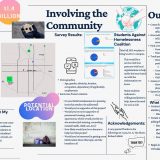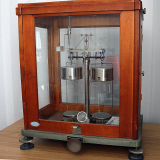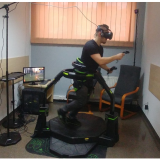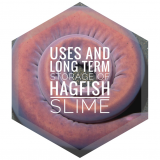Positive news website: an alleviation of depression Bella Li; Jane Kim; Jasmine Mendez
The negatively biased information from news leads to a negative mood in people such as anxiety and depression, creating even biased perspectives. To alleviate the negative mood and improve the positive psychological health, we decided to create a website that brings positive information to our website users, providing positive information that relieves their negative bias.









